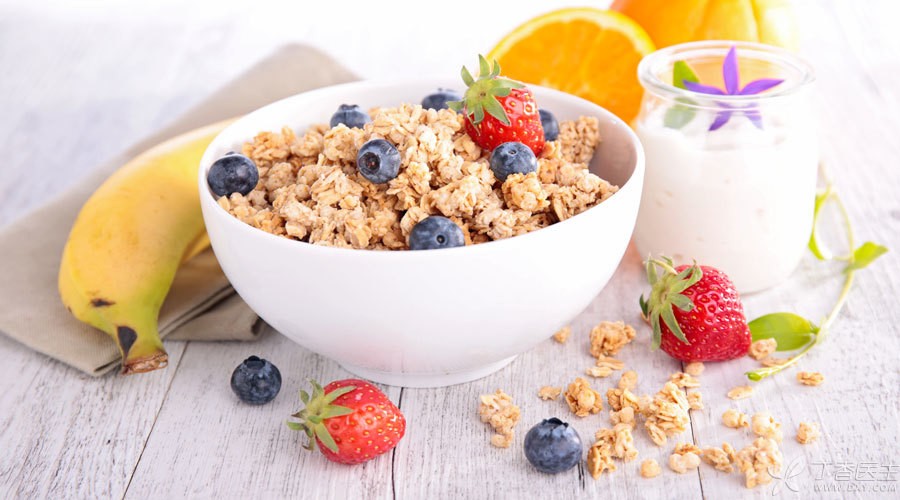
Gout patients often ask [what is good for gout], and patients often say [I ate XX and felt the effect was very good].
Is what food good for gout? Dr. Clove recommended several foods for his patients. However, before recommending, I hope everyone can understand the following three things:
-
At present, gout cannot be cured completely. The key to gout treatment is to maintain the blood uric acid at a low level for a long time, less than 360 for those without gout stones and less than 300 for those with gout stones. This can reduce gout recurrence or even no attack, and at the same time can reduce the possibility of gout stones, kidney damage, etc.
-
Diet control is the basis of gout treatment, but it is not all. Diet avoidance has limited effect on gout treatment. Strict diet avoidance usually reduces uric acid by up to 60 mol/L.
-
No food or health care product can replace the uric acid lowering effect of allopurinol, febulistat, benzbromarone and other drugs.
After understanding these three things, we will talk about which foods are good for gout.
1. Low-fat, non-fat dairy products
Gout treatment guidelines in many countries encourage gout patients to drink more low-fat, skim milk or yogurt.
Whey acid, casein and lactoalbumin in dairy products are helpful for uric acid excretion, while glycomacropeptide is helpful for anti-inflammation and relieves inflammatory reaction during gout attack.
How to choose
Note that the milk mentioned here is pure milk, not milk-containing beverages. In order to reduce the risk of cardiovascular diseases, it is recommended to choose low-fat or non-fat dairy products.
Other friends often worry, Lactic acid bacteria in yogurt can increase purine content. However, purine content in yogurt is not high, and yogurt is good for gout and is supported by many studies. However, many yogurt on the market, in order to flavor, often add white granulated sugar, etc., which is not conducive to controlling calorie intake and body shape control. When choosing yogurt, try to choose less sweet ones.
How much to drink
As for how much gout should be drunk every day, the current treatment guidelines do not give clear suggestions. According to the 2016 Dietary Guidelines, healthy adults are recommended to drink 300 g of milk, about 300 mL, every day.
Of course, for friends with special circumstances such as chronic kidney insufficiency, it is best to consult a doctor and formulate an individualized drinking amount.
2. All kinds of fresh vegetables
The 2012 Gout Prevention Guidelines of the American Rheumatology Association recommend encouraging gout patients to eat more fresh vegetables.
Vegetables are low in calories, rich in dietary fiber, and prone to satiety. These advantages are very helpful for weight control. At the same time, potassium ions in vegetables help uric acid excretion.
How to choose
Fresh vegetables are basically low-and medium-purine foods and can be selected at will. At the same time, recent studies have found that purines in vegetables belong to [plant purines], which is different from [animal purines] in meat. Don’t worry too much.
Dietary guidelines generally suggest that half of the vegetables eaten every day are dark vegetables, such as red tomatoes, orange carrots, purple eggplants, etc.
As for vegetables with high purine content such as beans, asparagus and bean sprouts, more and more studies have found that they are actually edible and may have benefits. Of course, if you are really worried, if you don’t eat them, there are so many kinds of vegetables that there is no shortage of one or two.
How much do you eat
At present, gout treatment guidelines in various countries are not clear about gout dietary recommendations, so we can refer in part to the 2016 dietary guidelines, which suggest that adults eat 300 ~ 500 g of vegetables every day.
Some doctors may also advise gout patients to eat more vegetables than normal people, such as 200 g per meal and 600 g a day. Of course, this is personal advice, yes, but the most important thing is that everyone should be aware of eating more vegetables first.
3. Various Low Sugar Fruits
Fruit is good for health and is deeply rooted in the hearts of the people. Of course, it is also suitable for gout patients.
How to choose
The general principle of selection is [controlling the total sugar content].
Fructose can accelerate purine synthesis and increase uric acid production in the body. Of course, fructose and purine in food cannot be completely avoided. Therefore, the key is to control the total fructose intake, choose low-sugar fruits or control the amount of fruits.
Common low-sugar fruits include grapefruit, grapefruit, strawberry, etc. which are not too sweet, while pears, grapes, apples, etc. have higher sugar content and should pay more attention to the amount.
In addition, fresh fruits should be selected instead of fruit juice, which not only contains more sugar, but also loses dietary fiber and a lot of vitamin C during the production process.
How much do you eat
According to the general recommendations of the 2016 Dietary Guidelines, eat 200-350 g of fresh fruit every day. For gout patients, it is certainly better to choose more low-sugar fruits.
